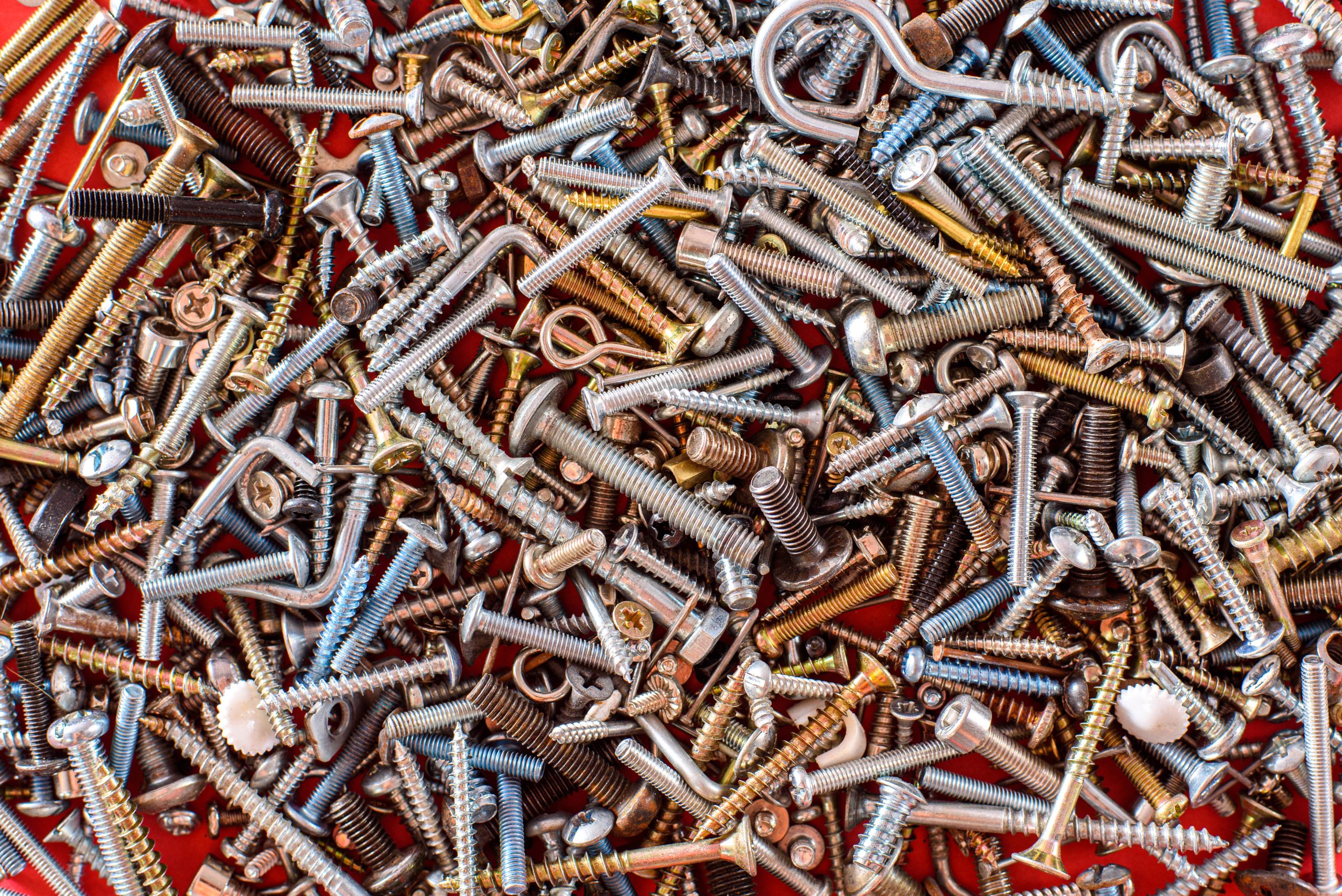
Hydrogen embrittlement is a serious issue for steel fasteners, as it can cause them to become brittle and fail prematurely. Hydrogen embrittlement occurs when hydrogen atoms enter the structure of the steel fastener and break apart the metal’s molecular bonds. This process of hydrogen absorption weakens the metal, making it more susceptible to damage. Knowing the causes of hydrogen embrittlement, as well as taking preventative measures such as baking and acid cleaning, can ensure that steel fasteners remain safe and reliable. For best results, it’s important to use fasteners that are specific to the application and environment they are used in to avoid hydrogen embrittlement
Causes of Hydrogen Embrittlement
Hydrogen embrittlement is caused by a variety of factors. It often occurs when steel fasteners are exposed to hydrogen-producing environments such as hydrogen sulfide, sulfuric acid, or hydrofluoric acid. Additionally, certain manufacturing processes such as electroplating can also cause hydrogen embrittlement. Hydrogen embrittlement can also occur through the absorption of water molecules in the atmosphere and the migration of these molecules into the fastener’s structure.
Effects on Steel Fasteners
When steel fasteners are affected by hydrogen embrittlement, they become brittle and weak. This can cause them to fail prematurely when under stress or load, leading to potential safety hazards or costly repairs and replacements. Additionally, when hydrogen embrittlement has occurred in a steel fastener, it can not be reversed or repaired. The only option is to replace the affected fastener with a new one. For this reason, it is important to take measures to prevent hydrogen embrittlement in the first place.
Ways To Reduce Risk
The best way to reduce the risk of hydrogen embrittlement is to take preventative measures such as baking and acid cleaning processes before use. Baking processes involve heating the affected fasteners to remove hydrogen that may have entered the metal’s structure. Acid cleaning processes involve immersing the affected fastener in an acid bath, which helps to dissolve and remove any hydrogen present in the metal’s structure.
Inspecting for Hydrogen Embrittlement
To ensure steel fasteners are not affected by hydrogen embrittlement, it is important to inspect them regularly. Visual inspections and hardness tests can be performed to detect any signs of embrittlement or other damage that may have occurred due to hydrogen absorption. Additionally, metallurgical tests can be performed to determine the exact cause of any potential hydrogen embrittlement in a steel fastener.
Hydrogen embrittlement is a serious issue for steel fasteners, as it can cause them to become brittle and fail prematurely. By taking preventative measures such as baking and acid cleaning processes, it is possible to reduce the risk of hydrogen embrittlement in steel fasteners and ensure their reliability. Inspecting steel fasteners regularly can help to detect any signs of embrittlement or other damage that may have occurred due to hydrogen absorption. Additionally, Electronic Fasteners offers a variety of products designed to withstand hydrogen embrittlement and ensure the reliability of steel fasteners in even the most extreme environments. View our product here or contact us today.

